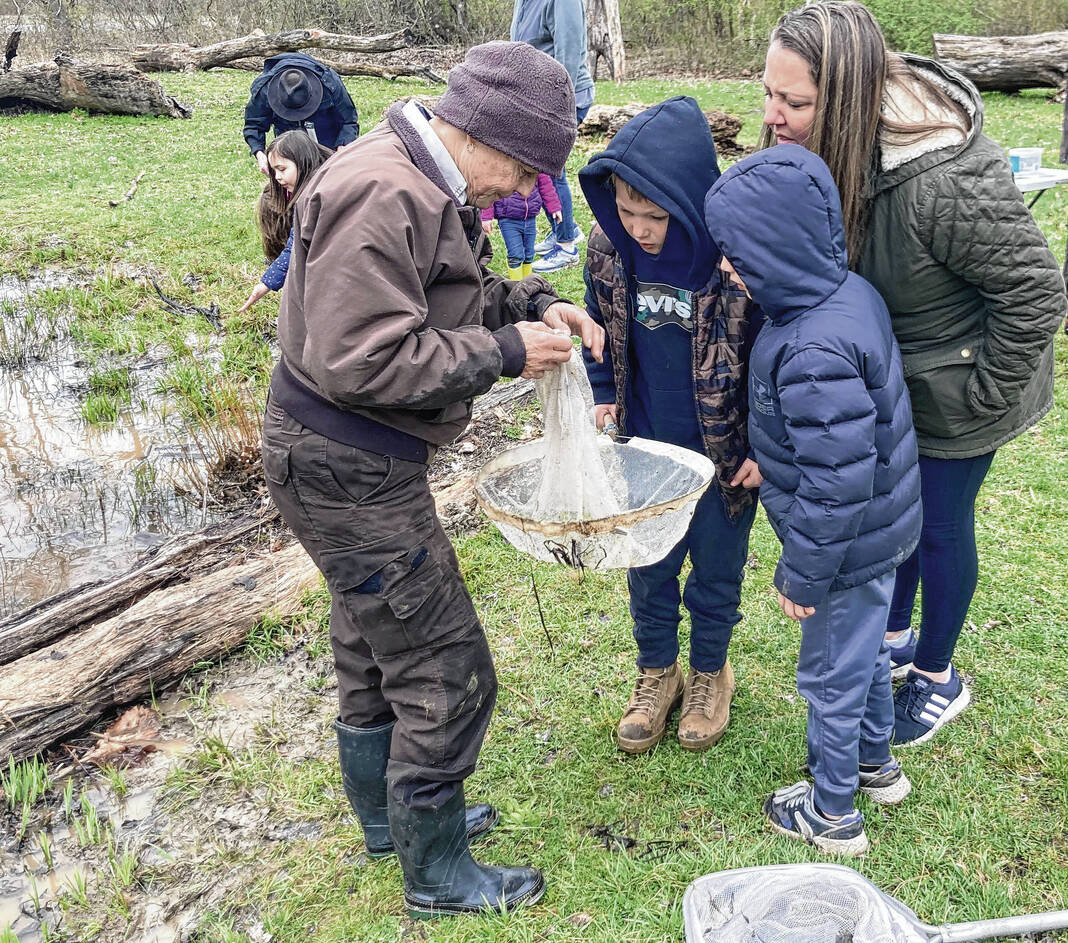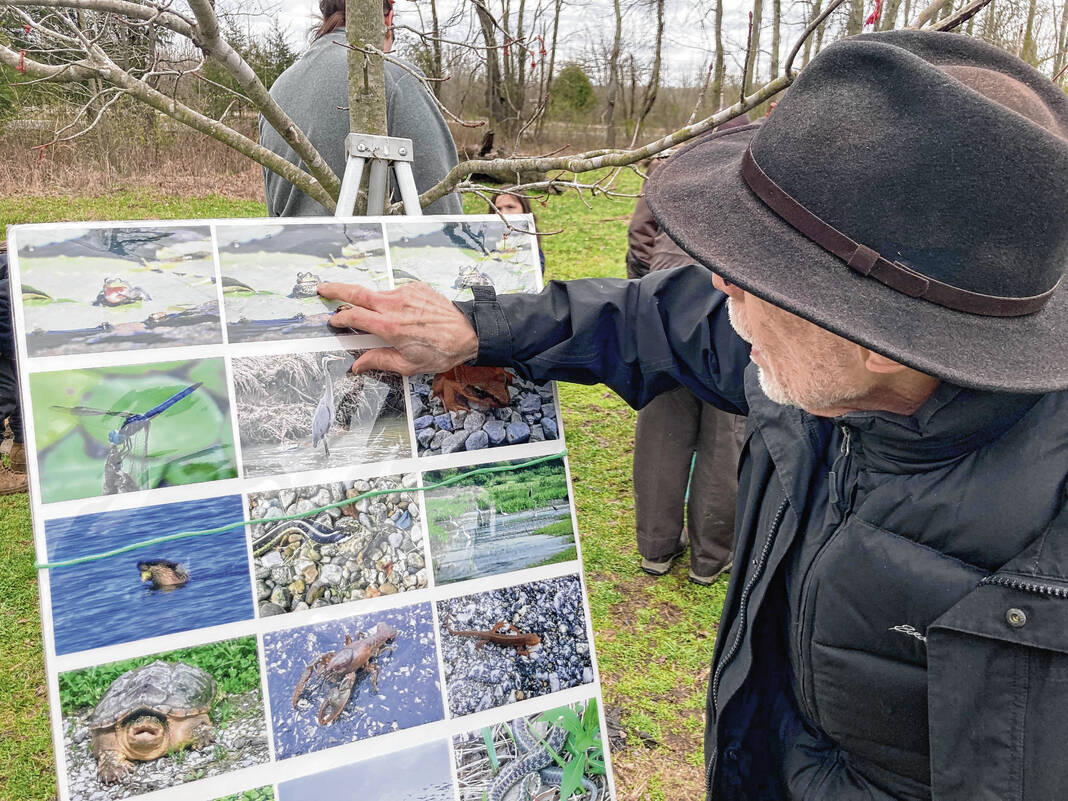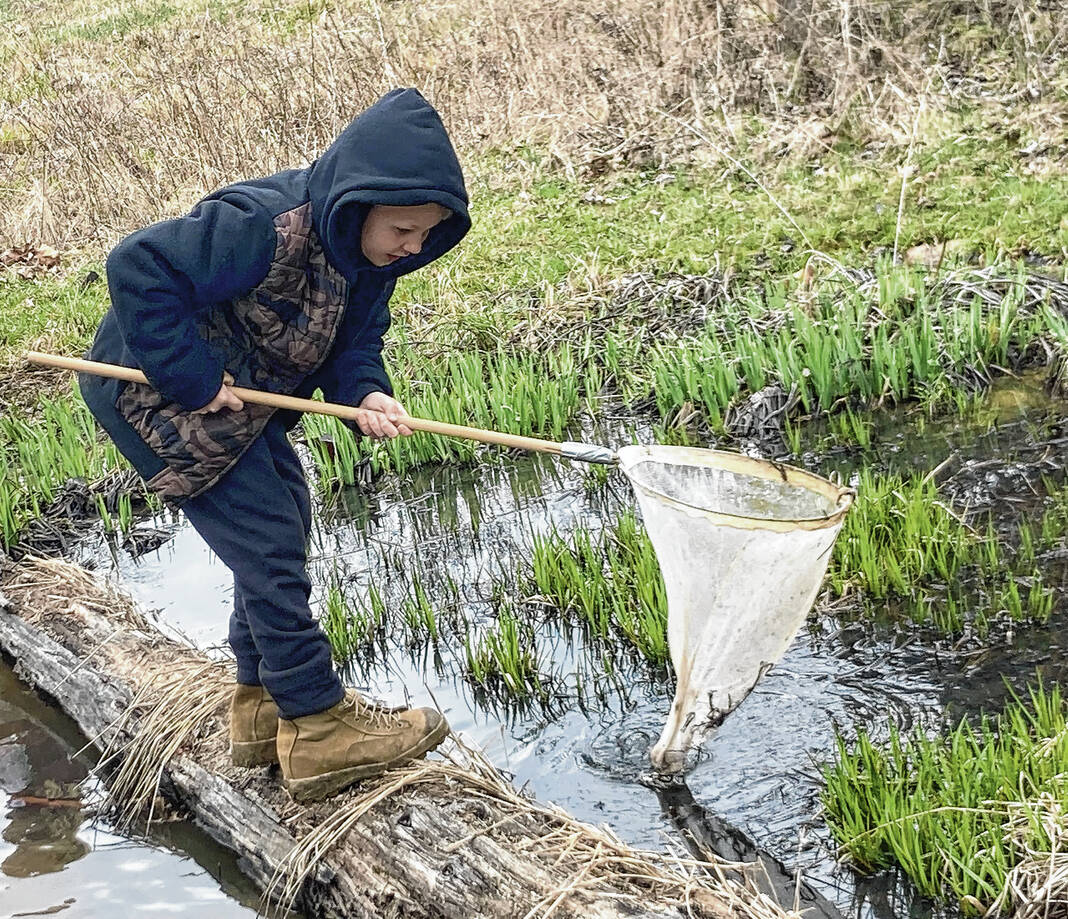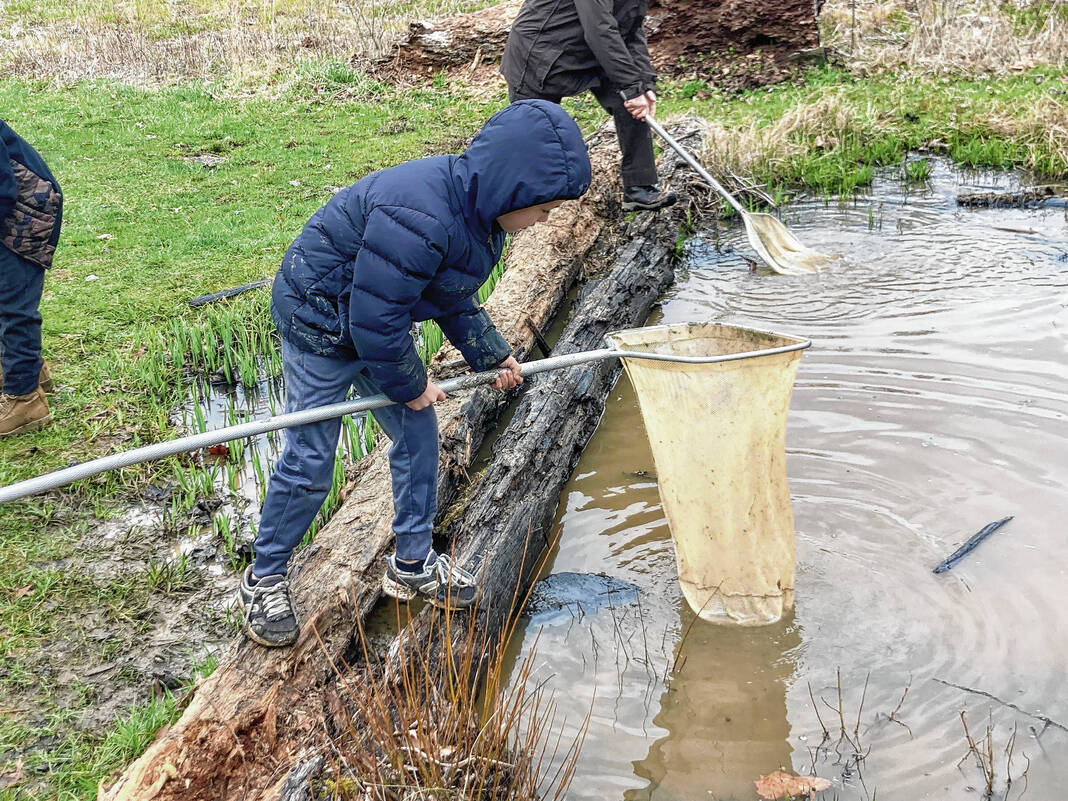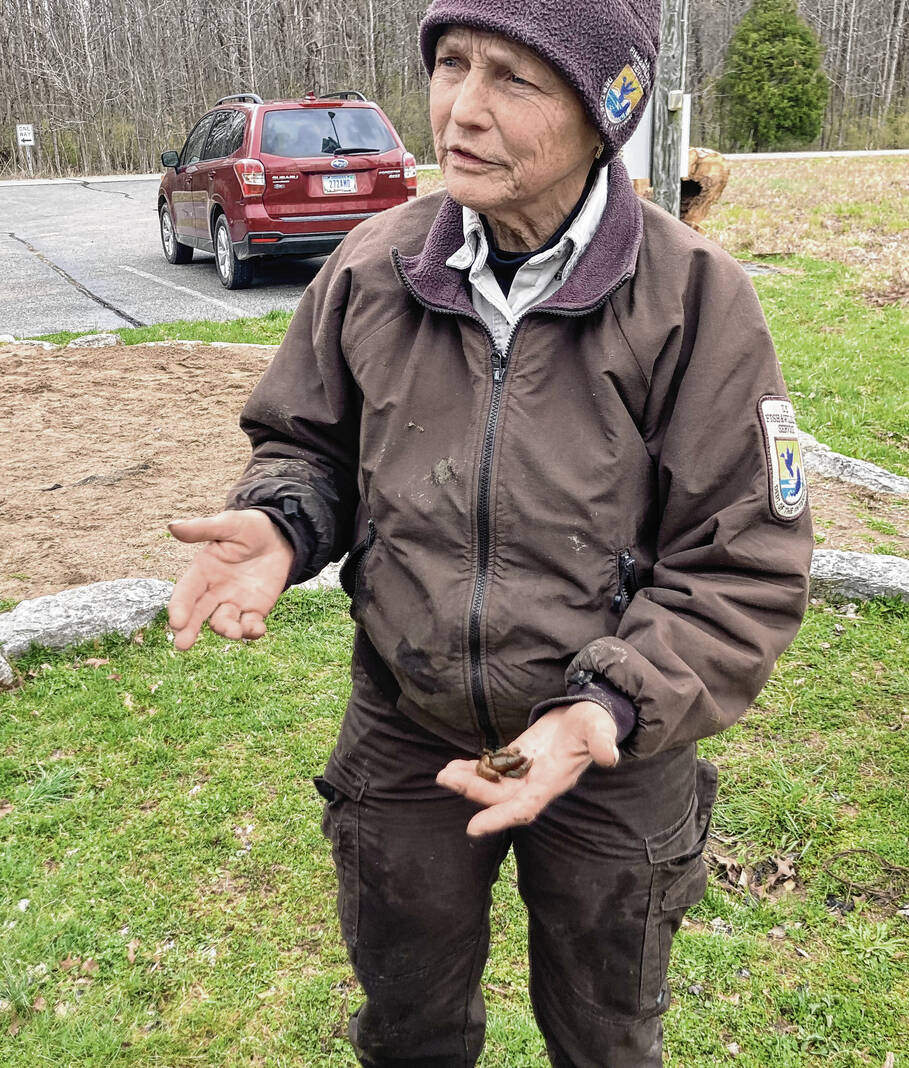Families made it out to Muscatatuck National Wildlife Refuge just east Seymour this past weekend to discover what’s living in our local ecosystem for Wetland Day.
Park Ranger Donna Stanley said the event was held to educate more people about wetlands, which are one of the most endangered natural resources in the United States. She said around 86% of all of Indiana’s wetlands have been drained.
“Muscatatuck is a pocket of wetland, so we’re very interested in promoting the value of wetlands and how useful they are for wildlife,” Stanley said. “They’re also useful for people for recreation and filtering the water supply. Also for soaking up the water when there are flood events. They are just a wonderful habitat for wildlife.”
The U.S. Environmental Protection Agency defines wetlands as “areas where water covers the soil or is present either at or near the surface of the soil all year or for varying periods of time during the year, including during the growing season.”
On Saturday, the refuge was able to hold another Wetland Day after not having any events over the past two years because of COVID-19.
The last Wetland Day at the refuge was in March 2020 just a couple of days before the state went into lockdown over the coronavirus outbreak.
“We’re just so happy to be back,” Stanley said.
Muscatatuck volunteers helped kids dip into the refuge’s waters by taking a net, gathering a small bundle of mud with it from a body of water and seeing if they had caught any insects, animals or eggs.
More frogs and turtles would be out for people to observe if the weather during the event had been warmer.
Instead, kids were able to find a crawdad exoskeleton, salamander eggs, snails and dragonfly nymphs.
Still, the things children found teach them more about the planet they live on, Stanley said.
“By looking at those little bugs, you see how complicated nature is and how interesting it is,” she said. “It inspires curiosity and how things are connected. Education is one of our priorities about the wetlands and wildlife, and what happens to our public lands depends on our young folks here.”
Seymour resident Katie Antle took her two sons, Jace, 9, and Kenneth, 7, to Wetland Day. They also attended the last event Muscatatuck held before the pandemic.
She said she likes to take her kids to the refuge at 12987 E. U.S. 50 because it’s fun and they learn a lot.
Volunteer Ralph Cooley was at Wetland Day to teach kids how to dip and had his nature photography on display.
He described himself as an “avid nonprofessional photographer” and said his favorite subject to shoot is anything outdoors.
“Southern Indiana is so scenic, and so many people overlook the natural beauty of southern Indiana,” he said.
One sequence of photos Cooley had featured a bug flying toward a frog, the frog sticking its tongue out to eat it and the bug’s legs hanging out of the frog’s mouth.
The photography enthusiast gave a tip on taking pictures of nature.
“Most of it very honestly is dumb luck and being at the right place at the right time,” Cooley said. “If somebody goes to the refuge here and if you’re looking for river otters, you’ll never see one. But if you’re driving through not even thinking about it, there’s a river otter.”
Cooley gave a recommendation for the best camera for any aspiring photographer.
“The one you have with you,” he said.
The next event planned at the refuge is a live birds of prey show May 7.
As long as the county’s COVID-19 infection rate stays low, Stanley said the refuge will slowly reopen to regular hours and have more events.
If reopening conditions are ideal, there will be reduced hours starting on the first week of April, and the refuge will only be open on Thursday, Friday and Saturday.
Stanley said normal refuge hours will begin again during the first week of May after seeing how operations go with reduced hours.

